The Lost Pebble Beach of Coore & Crenshaw, Part 1
Looking back at the Dos Pueblos Golf Links project in Santa Barbara
Last year I was introduced to the Dos Pueblos Golf Links project, an early-90’s plan for a Coore & Crenshaw course along the Santa Barbara coastline that ultimately was never built. I was presented with the full, comprehensive plans and drawings for the site, and tasked with bringing the course to life digitally. As with any good project, my first step was to take a deep dive into the life of the project and figure out what exactly happened. In part 1 of this Dos Pueblos Golf Links series, I will share with you what I was able to find in my amateur historian/journalistic endeavors. In part 2, coming at a later date, I will detail what the process is like for turning elevation data and some old plans into a (digitally) living and breathing course.
1994 was the year of the first challenge to the Dos Pueblos Golf Links project, a prospective seaside links course in Goleta, California, near Santa Barbera, to be built by the team of Bill Coore and Ben Crenshaw. While the Coore & Crenshaw partnership had been in place since 1986, this was still early in their careers and their portfolio did not yet contain many of the courses they would come to be known for. The Plantation course at Kapalua was just 3 years old by then, while Sand Hills was still at least a year away, Pinehurst #2 still looked like your average Parkland course, and Mike Keiser was fighting through permitting issues to build the first course at Bandon Dunes.
The 1994 appeal by the Surfrider Foundation was filed to the California Coastal Commission, which is tasked with regulating development along California’s 1,150 miles of coastline, challenging Santa Barbara County’s approval of the golf project. Surfers traditionally trespassed across the vacant property, held by the Arco Oil and Gas Commune, to reach the beaches below. The foundation claimed that the development of a golf course on the property would prevent them from doing so, and the possibility of errant golf shots threatened the safety of nesting seals along the coast (the Arco group would counter that surfboards posed a greater threat to the seals than snap hooks over the cliff did). Four years later, after plans were amended for the site to accommodate public access to beaches, to mitigate environmental impact, and to clear several other hurdles, further lawsuits and environmental challenges ultimately killed the project.

It’s been more than 20 years since the plans for Dos Pueblos were abandoned, yet the land still sits vacant and fenced off today. For more than 50 years, half of the property, which sits a short walk from the Ritz-Carlton Bacara, and a quick cart ride away from Sandpiper Golf Club down the coast, had been used for grazing, while the other half was used for oil and gas production. The turning point for this land came in the early-90’s, when the land was rezoned for agricultural use (even though the land hadn’t been used for regular farming since the 1920’s), bringing a halt to Arco’s use of the land for oil production. In response, Arco planned to turn the property into a daily fee golf course, with a full 18-hole course and a 9-hole par-3 course, both to be designed by Coore & Crenshaw. The proposal for the course anticipated that the full course would accommodate 50,000 to 60,000 rounds per year, while the short course would do about 20,000 rounds per year. Permission was also requested in the proposal to allow 1-2 amateur and professional tournaments on site per year.
The original development plan was unanimously approved by the Santa Barbara County supervisors, but was ultimately vetoed by the California Coastal Commission due not to the surfers’ challenges, but to the agricultural zoning restrictions. The commission feared the development of the golf course would spur more development and erode the area’s rural atmosphere.

Local government officials, on the other hand, in agreement with Arco, saw the course as helping the environment and providing a path to help beautify the site, which had been ravaged by the years of oil and gas production. For so long the site had been closed to the public by chain-link fences, locked gates, and security patrols. As part of the early proposal for the Dos Pueblos project, it was argued, the closed off land would now provide an area for youth golf programs, would allow increased access to the beach and hiking trails, would see to the removal of aging oil production equipment, would reuse wastewater from a nearby reclamation facility, and through the movement of no more than 150,000 cubic yards of dirt during the construction process, would preserve the natural habitat of the site.
After the 1994 plans were vetoed, amended plans for the site and the project were filed with the Coastal Commission in 1998, seemingly to accommodate for every request made of the project over the previous four years. It included a system of public access trails providing lateral and vertical access through the property down to the beaches below, accommodating pedestrian (including the surfers), bicycle, and equestrian users (including a bike rack and horse tie-up area). Building sites and routings were worked and re-worked to account for wetland areas, vernal pools, native vegetation, raptor perches, rodent control, seal nesting sites, drainage, and even meeting a certain standard for the beauty of the site:
“The scenic and visual qualities of coastal areas shall be considered and protected as a resource of public importance. Permitted development shall be sited and designed to protect views to and along the ocean and scenic coastal areas, to minimize the alteration of natural land forms, to be visually compatible with the character of the surrounding areas, and, where feasible, to restore and enhance visual quality in visually degraded areas.”
At an estimated cost of $10 million for the project in 1994 and rising with each additional challenge and accommodation made in subsequent proposals, the modified proposal still was not enough to meet the Coastal Commission’s demands. The ultimate undoing of Dos Pueblos Golf Links, I have read, came down to red-legged frogs, monarch butterflies, and white-tailed kites, whose protection was sought by environmentalist groups.
It was an interesting experience for a novice such as myself to research this project and to learn more about the approval process for a development like this. Between the structural accommodations, environmental concerns, government interests, and activist groups, it seems impossible for a course ever to be built, especially along a breathtaking coastline. As one article noted, had the Coastal Commission existed back in 1919, it’s possible that Pebble Beach wouldn’t exist. Interestingly enough, in 2003, shortly after the Dos Pueblos project had stalled for good, a state court of appeals ruled that the Coastal Commission was unconstitutional. A 2005 state Supreme Court ruling later upheld the constitutionality of the commission, which still exists today. Should anyone consider once again pursuing the Dos Peublos project in the future, the Coastal Commission will no doubt remain a formidable obstacle.
Of course, I am positive that I’ve uncovered but a small portion of the details of this process, and I don’t claim to know if the right or wrong decision was ultimately made to shutdown the project. As someone who appreciates the game of golf and the practice of golf course design, however, I definitely lean towards believing that a course can be as good or better of a steward of the land as any other development, and it’s hard to believe that the land in its current vacant, fenced-off state is better off than had the course been built. Perhaps with Coore and Crenshaw’s now-extensive portfolio and stellar reputation, a renewed and more convincing argument could be made to pursue developing the course in order to protect the land.

And that’s why I am here. Providing a digital glimpse at what the final Coore & Crenshaw product would look like is a small but not insignificant step towards potentially renewing interest in the site and its future. On a much smaller scale of importance, it’s a fun and interesting look at a breathtaking, yet difficult, site for routing a golf course. What the two architects came up with here is quite impressive, and I look forward to sharing it with you in part two of this series.

Read Part Two Here:
The Lost Pebble Beach of Coore & Crenshaw, Part 2
This is part 2 of a two-part series, detailing the Dos Pueblos Golf Links project in Santa Barbara. The course was routed by Bill Coore and Ben Crenshaw in the early 90’s, but faced obstacles throughout the permitting process. Despite attempting to address and accommodate for every objection to the project, after nearly a decade of battle the course was…




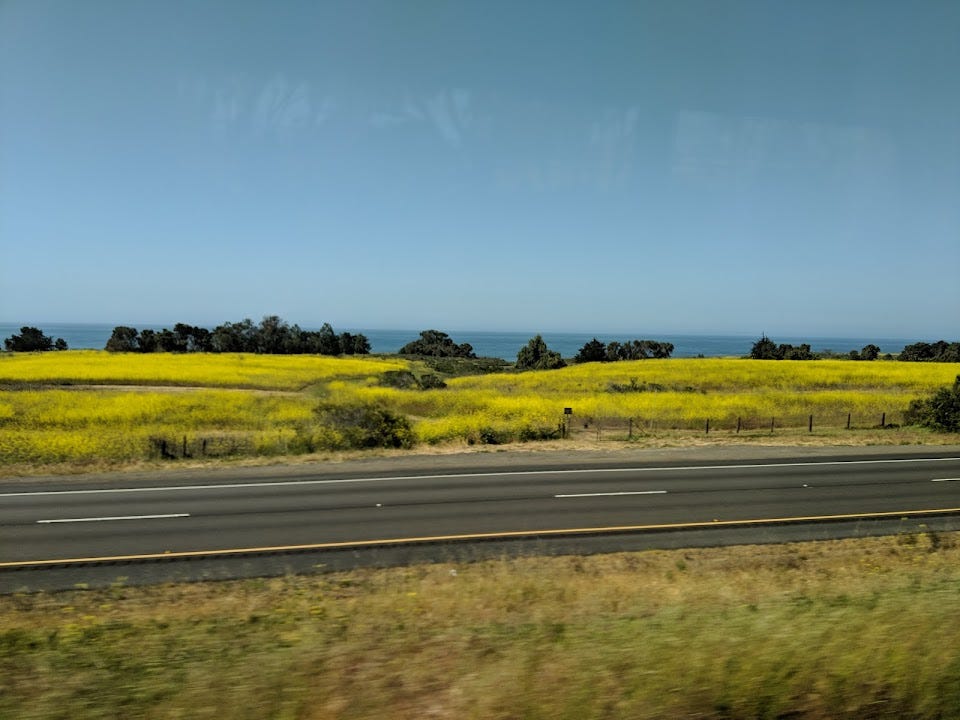


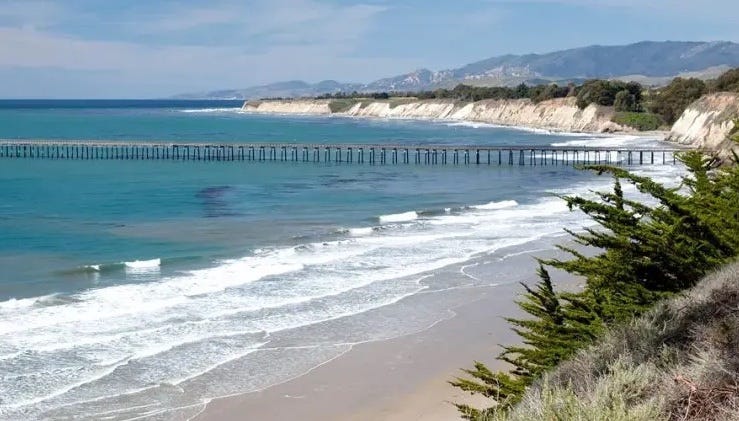
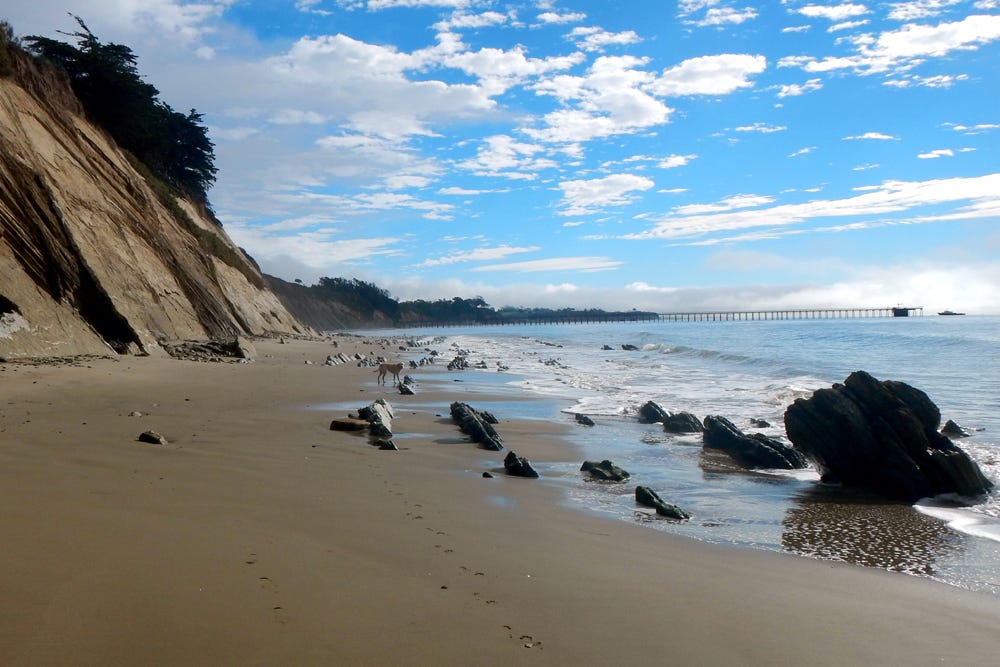
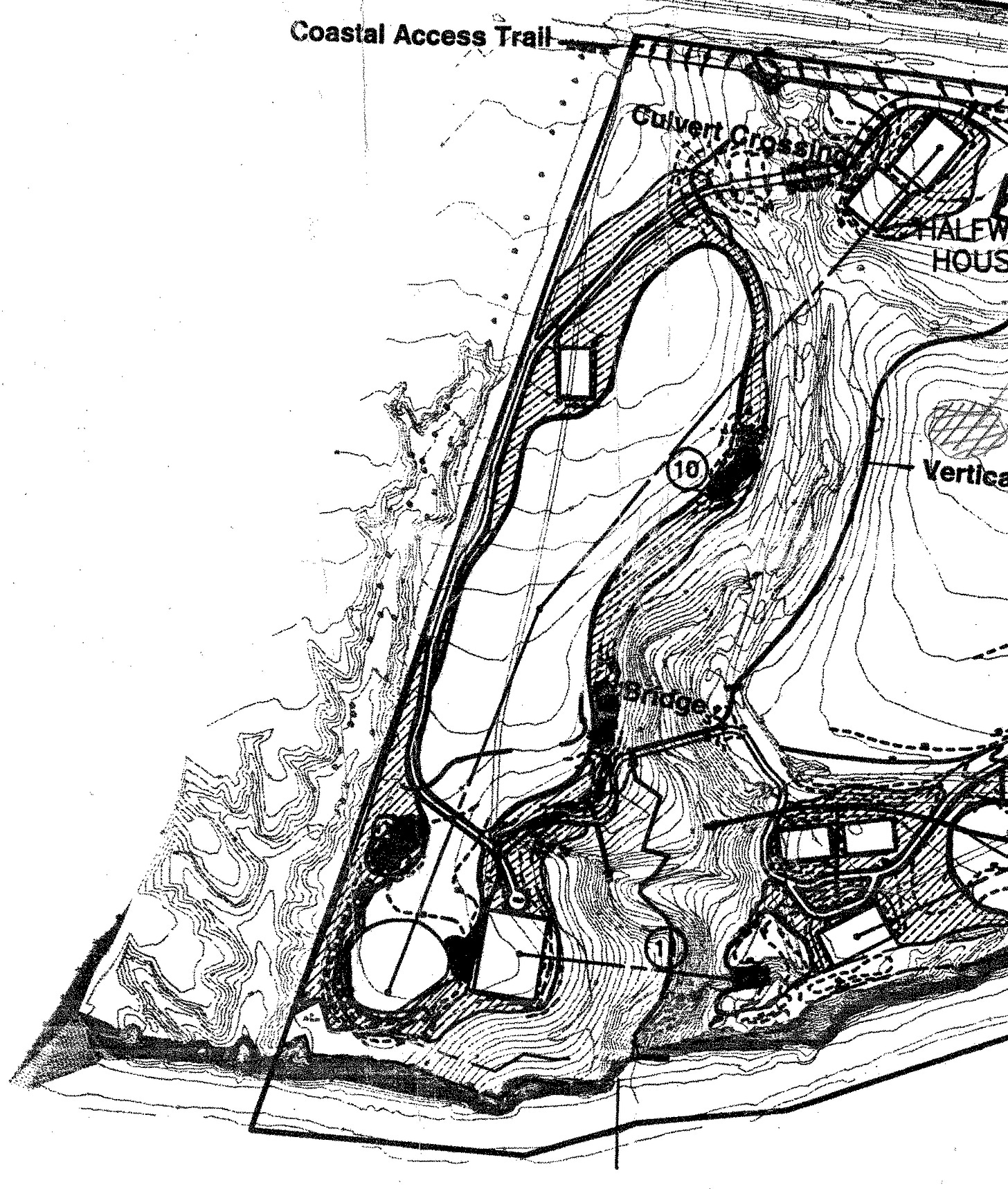
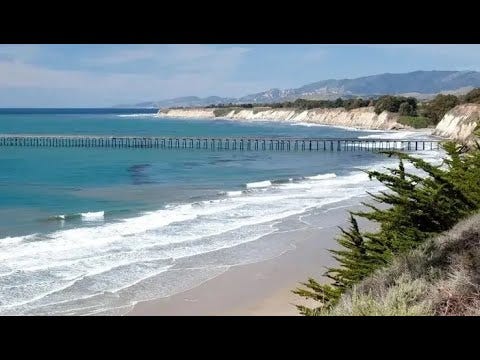
In light of the proposal to convert Glen Annie into housing (imagineglenannie.com) it seems like this project should be resurrected! Santa Barbara needs more golf courses!
Thanks. Fascinating. I like that #10 at Dos Pueblos would have been modeled on the very similar #10 at next-door Sandpiper, one of the three good holes on that course.